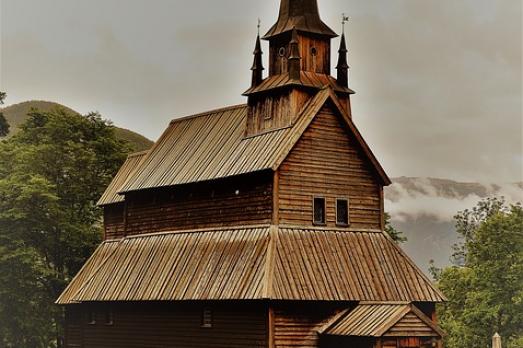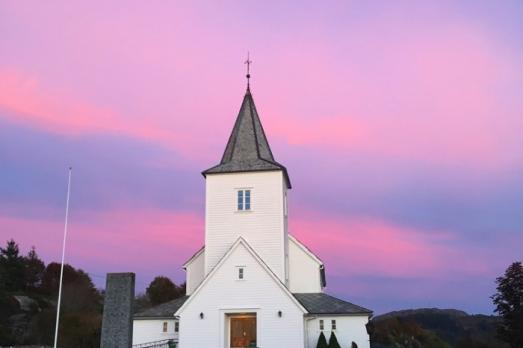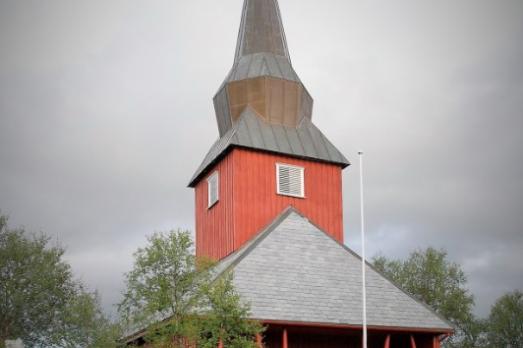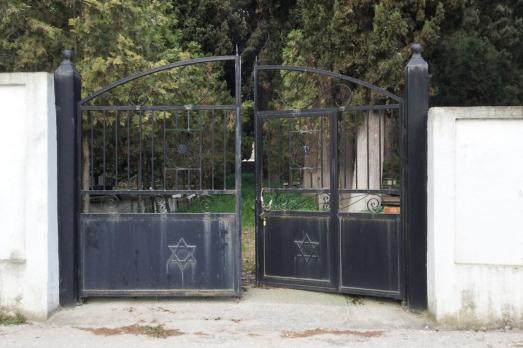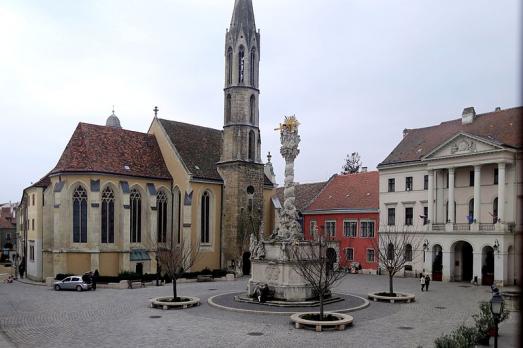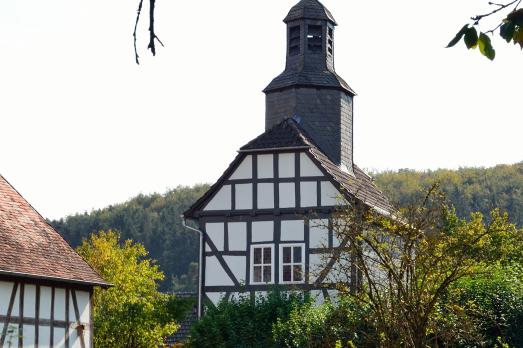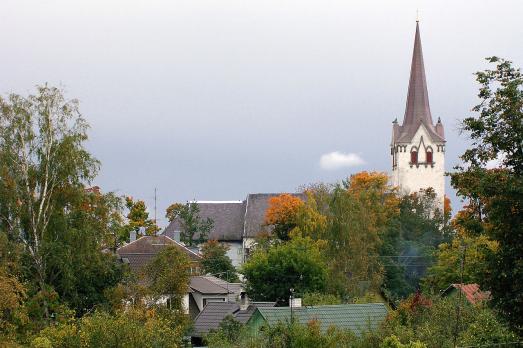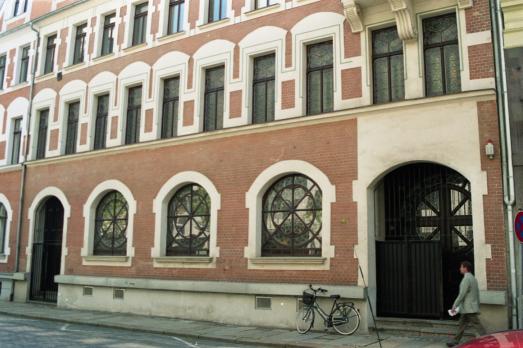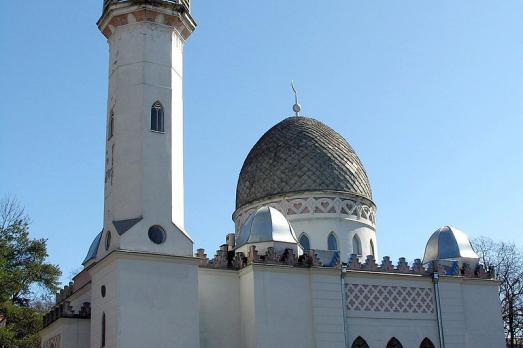
Kaunas Mosque
Kaunas, LT
The Kaunas Mosque was built in 1860 as a wooden mosque. Rebuilt in 1930, it is the only brick mosque in Lithuania. During World War II the mosque was closed and during the Soviet period the mosque was used for various purposes by a circus, a library and an art museum. The mosque returned to its original use in 1989 and in 1991 the first services took place.
